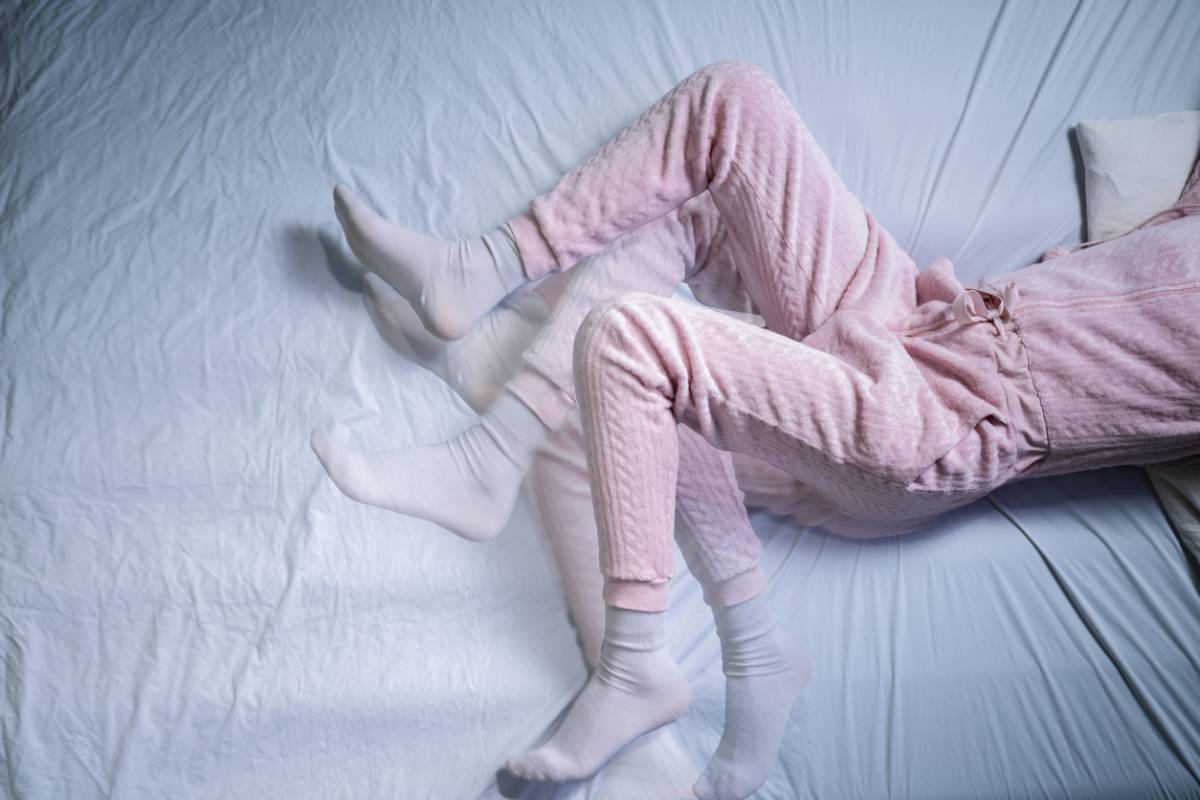Restless legs syndrome (“RLS”) is a sleep disorder that often impacts people at night. The disorder involves uncomfortable leg sensations that create an uncontrollable urge to move right away. You may wonder, can teens have RLS? Below you will find the common symptoms of the condition to determine if your teen is suffering from RLS.
Can Teens Have RLS?
RLS impacts children and teens as there are roughly 1.5 million who have the condition. Additionally, more than one-third of those who have RLS report that it began before they turned 20. The condition is often thought to be “growing pains” in young people. However, it is a real condition that requires treatment.
RLS is a sleep disorder that is accompanied by uncomfortable sensations in the legs. The sensation can create an uncontrollable urge to move your legs and most often happens at bedtime. However, it can occur during the day when your legs are inactive. For teens, this often occurs when they are sitting in class for long periods of time.
What Causes RLS?
The cause of RLS varies from person to person and in some cases is entirely unknown. However, in some cases it can be due to low iron levels associated with diabetes, kidney, or some neurological disease. In other cases, it can run in families and some medical professionals think there may be a genetic link. There are also a number of medications that can cause RLS, including drugs for allergies, certain psychotic disorders, and depression.
RLS Symptoms
Because the condition is often associated with growing pains in teens, the condition can be difficult to diagnose. However, the following symptoms indicate that the issue may be RLS. If you experience one or more of the following symptoms, contact a medical professional skilled in sleep disorders right away.
- Leg Discomfort: RLS often comes with uncomfortable sensations in your leg that are often referred to as the “heebie-jeebies.” You may feel itching, pulling, crawling, tingling, throbbing, gnawing, creeping, itching, pulling, tugging, or burning. In children this often occurs during bedtime.
- Urges to Move: You may notice that your child has urges to move their legs. This helps relieve the discomfort, but it is only temporary. If you notice that your child urges their legs more after long periods of inactivity, RLS may be the issue.
- Sleep Disruption: Falling asleep and staying asleep can be difficult with RLS. Many people with the condition need extra time to fall asleep because of the urges to move their legs as they fall asleep.
- Daytime Sleepiness: Because of the potential to disrupt your child’s sleep, they may also experience sleepiness during the day. Your child’s teacher may notice that they experience an afternoon slump, or you may notice their lack of energy when they get home from school.
- Behavioral Issues: Children who get little sleep, or poor-quality sleep, may struggle with behavioral issues as well. This can occur at school or home, but may include irritability, hyperactivity, difficulty concentrating, or moodiness.
- Bedtime Issues: While most kids don’t enjoy bedtime, you may notice that your child has even more of an issue with going to bed. This is understandable as children with RLS have a difficult time falling asleep. They may want to get out of bed a lot as moving and stretching can briefly relieve their symptoms.
Restless Leg Syndrome Treatment in NYC
If you are concerned your child may have RLS, contact a sleep doctor in NYC right away. The condition requires treatment as it can have a negative impact on your child’s daily life. Restless leg syndrome treatment in NYC can help your child get better sleep and reach their full potential. Contact Dr. Shukla at Sleep MD today to schedule a consultation!


